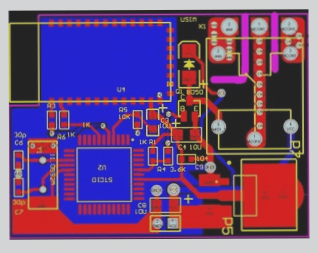Comparison of OSP and ENIG Surface Treatment for PCBs
The soldering strength of OSP surface treatment is found to be superior to ENIG surface treatment in experimental data. However, it is noted that the solder strength of OSP deteriorates over time, leading to higher defect rates in products on the market.
Key Points:
- ENIG (Electroless Nickel Immersion Gold) surface treatment involves coating the PCB with nickel and gold, offering good corrosion resistance but can be costly.
- OSP (Organic Solderability Preservative) surface treatment provides a protective layer for copper surfaces, ensuring good solderability but may degrade over time.
- A study on “Strength of Lead-free BGA Spheres in High Speed Loading” by Niho Superior, Japan, compares OSP and ENIG soldering capabilities in stress resistance.
- Tests on BGA solder balls reveal that OSP-treated PCBs outperform ENIG-treated boards in shear rupture strength, especially at lower shear speeds.
Insights from the Report:
The report emphasizes the importance of considering fracture energy in evaluating solder strength, especially under different shear speeds. Higher shear speeds lead to a rapid drop in solder ball fracture energy, impacting electronic component reliability during falls.
Test Conditions:
- BGA ball diameter: 0.5 +/- 0.01 mm
- Laminate: FR4, Thickness: 1.6 mm
- Solder Mask Defined Pad: 0.42 +/- 0.02 mm, Resist Thickness: 30-40 µm
- Circuit board surface treatment: OSP, ENIG (0.3 µm Ni/0.03 µm Au)
- Ball solder alloy: Sn-3.0Ag-0.5Cu, Sn-0.7Cu-0.05Ni-0.006Ge, 63Sn-37Pb
- Shear speeds tested: 10, 100, 1000, 2000, and 4000 mm/sec
Overall, the comparison between OSP and ENIG surface treatments in PCBs highlights the importance of considering solder strength under different conditions to ensure the reliability and durability of electronic components.
Investigation of IMC Effect on BGA Solder Balls
The report delves into experiments and comparisons related to As reflow, Double reflow, and a 200-hour test (Reflow + 200 hr @ 150°C) at 150°C post-reflow. The primary objective is to analyze how Intermetallic Compounds (IMC) impact the solder strength of BGA solder balls across different time and temperature settings.




